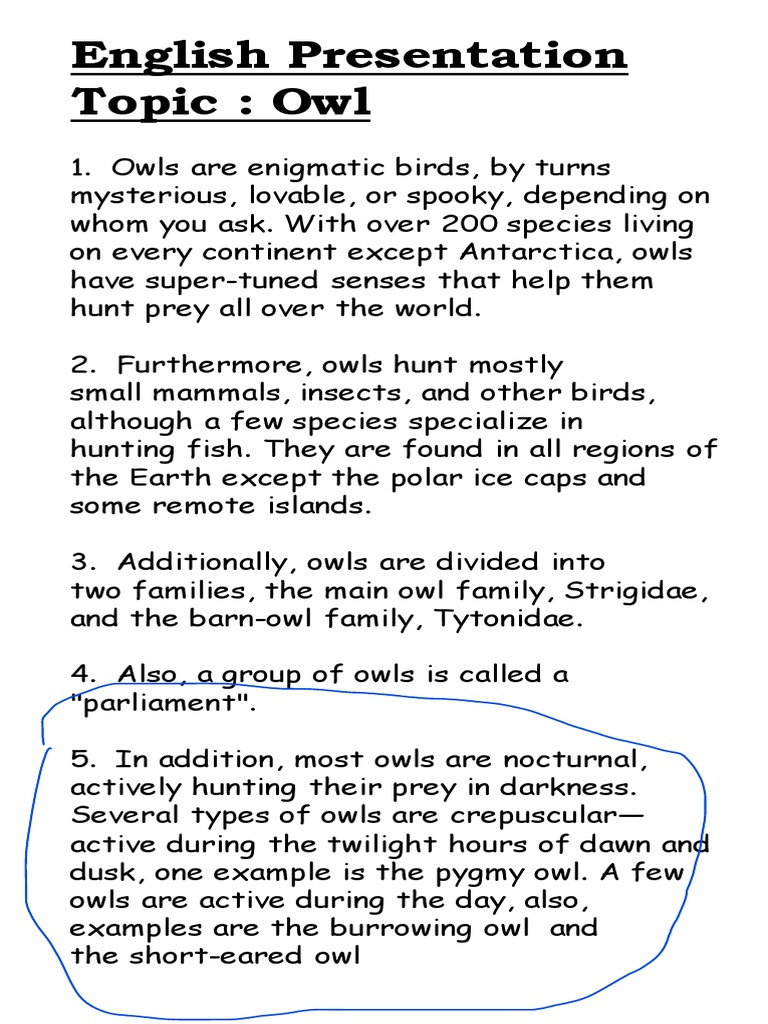Owl breeding habits are a complex and captivating aspect of avian biology. Understanding these behaviors requires delving into various facets, from courtship rituals to fledgling development. This guide presents a comprehensive overview of owl reproduction, covering critical stages and notable variations across species.
I. Preliminaries to Procreation: Courtship and Territory
A. Vocalizations: The Auditory Overture. The initial phase of owl breeding often involves elaborate vocal exchanges. These calls, species-specific in their tonality and cadence, serve multiple purposes. Firstly, they establish and defend territory, signaling to conspecifics that an area is occupied. Secondly, they function as crucial elements of courtship, attracting potential mates and advertising an individual’s fitness. For instance, the Great Horned Owl employs a series of deep hoots, while the Eastern Screech Owl utilizes a more tremulous, descending whinny. Variations in call structure can even indicate an owl’s age, experience, and overall health, factors assessed by discerning potential partners.
B. Nuptial Flights: Aerial Displays of Affection. Many owl species engage in nuptial flights, impressive aerial maneuvers that further cement the pair bond. These flights can involve synchronized soaring, chases, and even the exchange of prey items in mid-air. These displays are not merely aesthetic; they demonstrate the male’s hunting prowess and ability to provide for a potential mate and future offspring. The Barn Owl, for example, is known for its elaborate courtship flights, characterized by swooping and hovering displays.
C. Mutual Preening: Strengthening the Bond. Mutual preening, the meticulous cleaning and maintenance of feathers by both partners, is another important component of owl courtship. This behavior strengthens the pair bond and reinforces social cohesion, essential for cooperative breeding. Preening removes parasites and maintains feather integrity, ensuring optimal flight performance, crucial for both hunting and defense.
II. Nesting Ecology: Selecting a Suitable Sanctuary
A. Nest Site Selection: A Matter of Primacy and Protection. Owl nesting habits are highly variable, dependent on species, habitat availability, and resource competition. Some species, like the Burrowing Owl, nest in underground burrows, often utilizing abandoned prairie dog towns. Others, such as the Barred Owl, prefer tree cavities or abandoned nests of other birds. The selection of a suitable nest site is paramount; it must provide adequate protection from predators, shelter from the elements, and proximity to food sources. Some owl species exhibit a high degree of nest site fidelity, returning to the same location year after year.
B. Nest Construction: From Minimalist to Meticulous. Owl nests range from simple scrapes on the ground to elaborately constructed platforms of twigs and leaves. Species that nest in cavities often make minimal modifications to their chosen site, while those nesting in the open may build substantial structures. The Great Gray Owl, for instance, often utilizes abandoned hawk or squirrel nests, adding a layer of insulating material. The Snowy Owl, on the other hand, typically creates a shallow depression in the tundra, relying on accumulated snow and vegetation for insulation.
C. Nest Defense: Guarding the Gestation Chamber. Once a nest site has been selected and established, both parents actively defend it against intruders. This defense can range from vocal warnings and aggressive displays to physical attacks. Larger owl species, such as the Eurasian Eagle-Owl, are capable of inflicting serious injury on potential predators. Even smaller species, like the Northern Saw-whet Owl, will fiercely defend their nests, employing a combination of intimidation tactics and direct confrontation.
III. The Ovum and the Owlet: Incubation and Development
A. Clutch Size and Incubation: Variables in Viability. Owl clutch size varies considerably depending on species, food availability, and environmental conditions. Some species lay only one or two eggs, while others may lay a dozen or more. Incubation periods also differ, ranging from approximately 25 days for smaller species to over 40 days for larger ones. Typically, the female assumes the primary role in incubation, while the male provides her with food. The constant temperature regulation is critical for successful embryonic development.
B. Hatching and Brooding: Initial Instars. Upon hatching, owlets are typically altricial, meaning they are dependent on their parents for warmth, food, and protection. The parents brood the chicks, keeping them warm and sheltered. The frequency of feeding varies depending on the species and the availability of prey. Early diet consists primarily of regurgitated food brought by the parents.
C. Fledgling and Independence: A Gradual Graduation. The fledgling period, the time between hatching and leaving the nest, varies considerably among owl species. During this time, the owlets develop their flight feathers and learn essential hunting skills. Parental care continues even after the owlets leave the nest, with the parents providing supplemental food and guidance until the young owls are capable of independent survival. This post-fledgling dependence is crucial for honing hunting techniques and navigating the complexities of their environment.
IV. Threats and Conservation: Safeguarding the Silent Flight
A. Habitat Loss and Fragmentation: Eroding Ecosystems. Habitat loss and fragmentation pose a significant threat to owl populations worldwide. As forests are cleared and grasslands are converted to agriculture, owl habitats are reduced and isolated, limiting access to food and nesting sites. This fragmentation also increases the risk of predation and competition with other species.
B. Pesticide Contamination: The Accumulation of Acrimony. Pesticide contamination is another serious threat, particularly for owls that consume rodents. Rodenticides can accumulate in the tissues of owls, leading to poisoning, reduced reproductive success, and increased mortality. The use of integrated pest management strategies and the reduction of harmful pesticide use are crucial for protecting owl populations.
C. Conservation Efforts: Protecting the Future. Various conservation efforts are underway to protect owls and their habitats. These efforts include habitat restoration, nest box programs, and public education campaigns. By promoting responsible land management practices and raising awareness about the importance of owls, we can help ensure their continued survival for generations to come.
